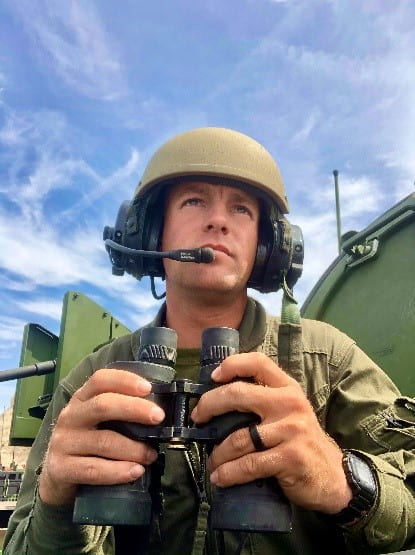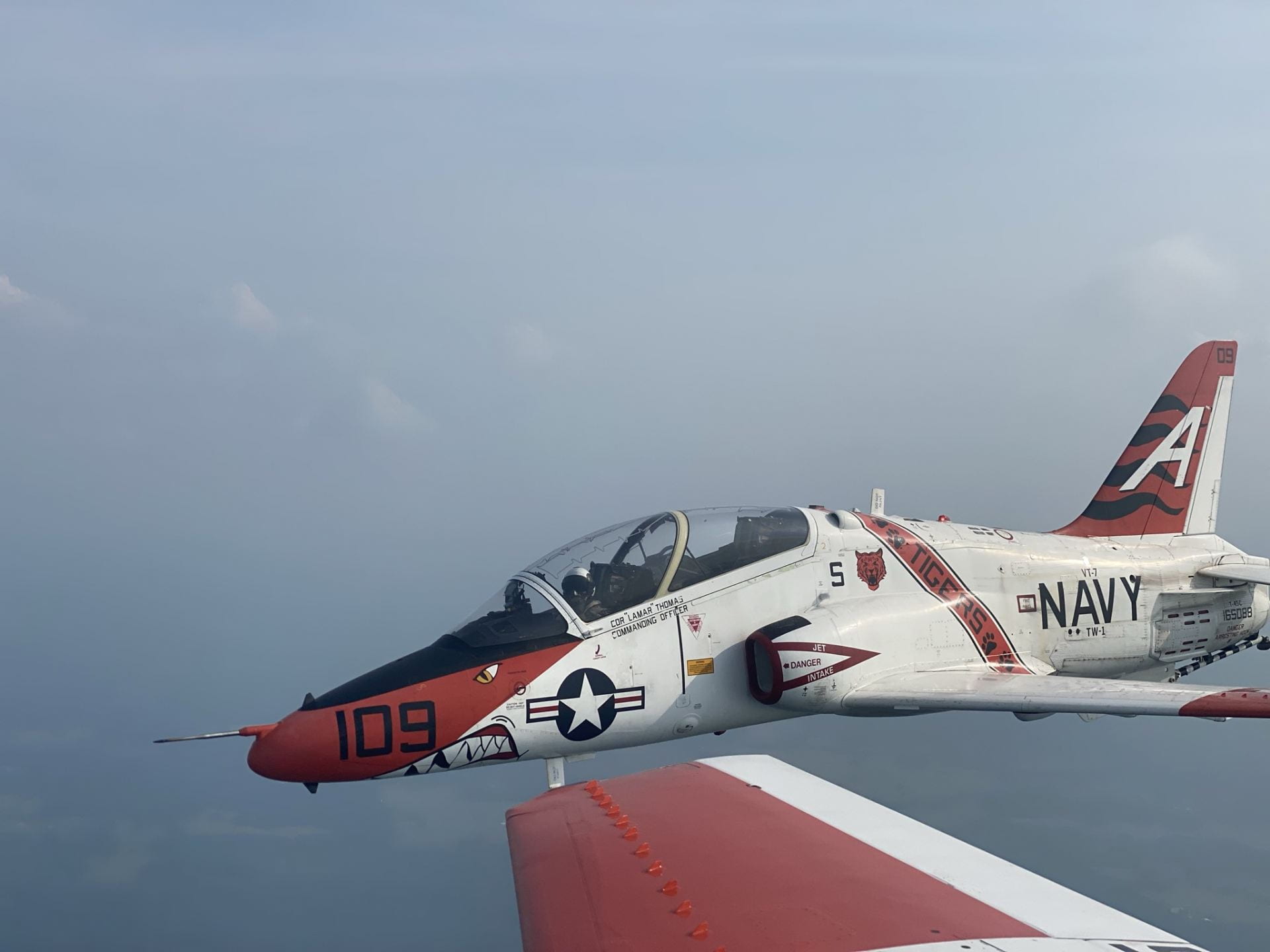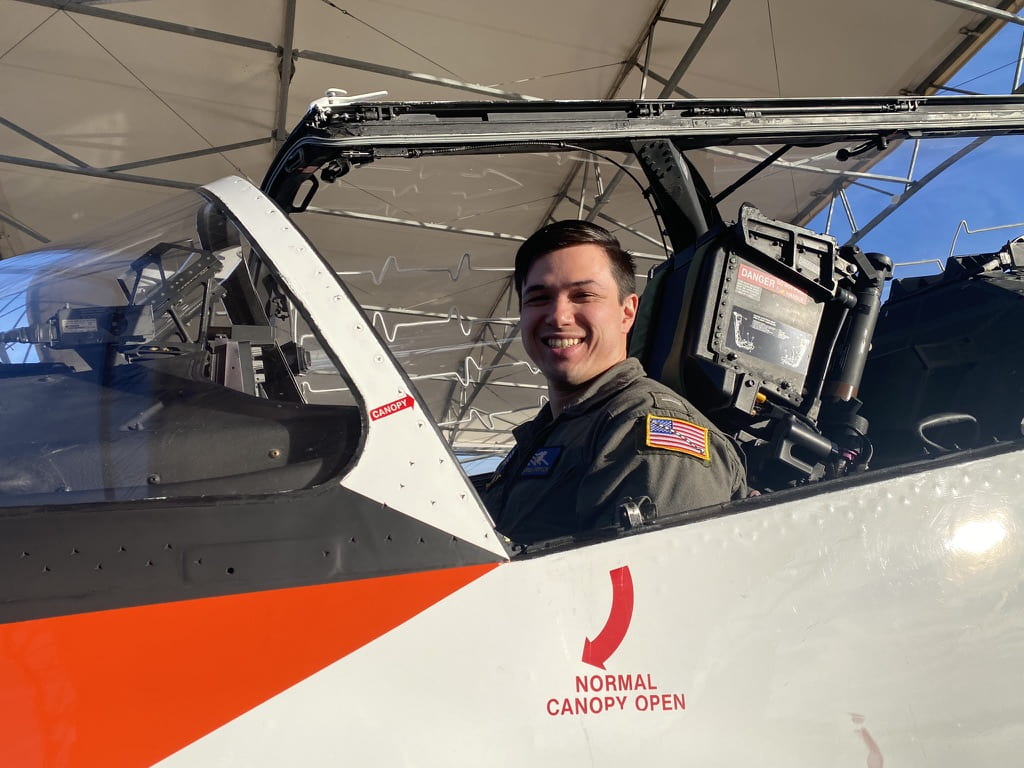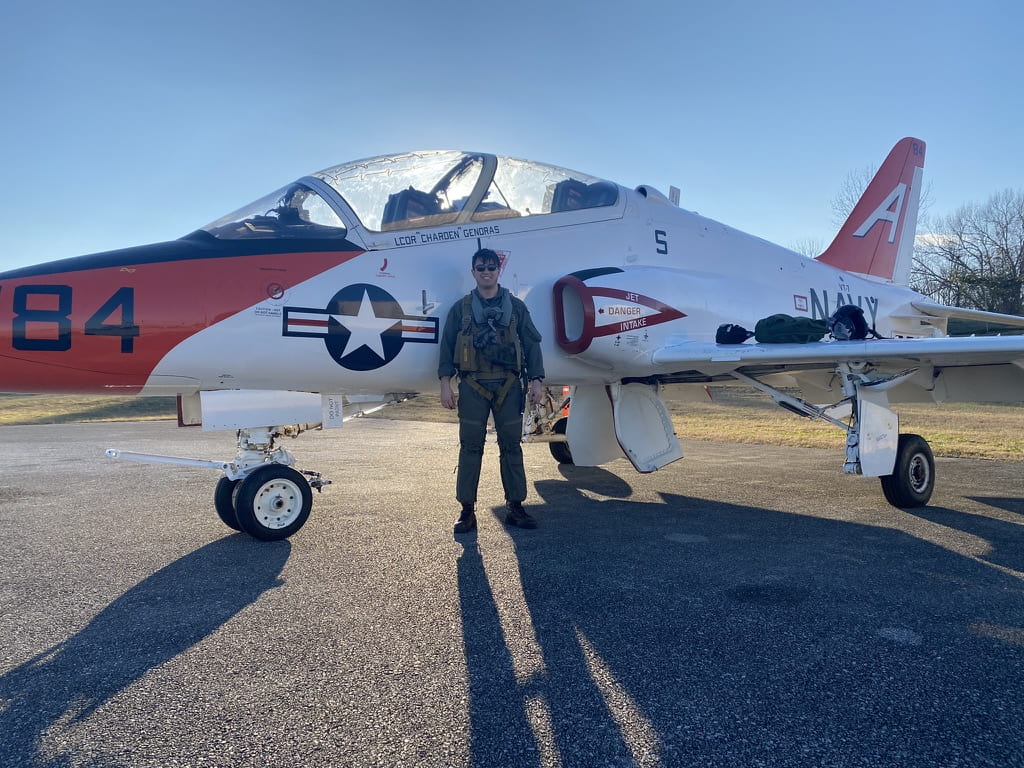1stLt Turner J. S. Brown’19, USMC

Describe an Amphibious Combat Vehicle:
The Amphibious Combat Vehicle, or ACV, is the replacement for the legacy Amphibious Assault Vehicle, or AAV. The upgrades are substantial and include a stabilized, remotely operated weapon system, incredible situational awareness technology, robust blast mitigation features and armor, etc. It is like a leap into the future.
What is your daily life like as a Platoon Commander?
I am fortunate to have 21 vehicles and 60 Marines Task Organized to my platoon with 15 attachments for field exercises and our future deployment. This yields many administrative requirements; however, most of my days are spent planning or executing training with my Marines in Camp Pendleton or Twentynine Palms. I am blessed to be in command of the first operational platoon of ACVs, which means I also work through vehicle maintenance management, after action report writing, and publication contributions daily. It definitely keeps me on my toes!
What is the next step in your career?
I am training with my Marines and Golf Company, Second Battalion, Fourth Marine Regiment to deploy on the 13th Marine Expeditionary Unit (MEU) in November of 2022. The end of the deployment will mark the end of my platoon command time and my first set of orders in the Marine Corps. I have hopes for competing for the Commandants Career Level Education Board (CCLEB) after my deployment.
Advice for the Cornell NROTC Midshipmen:
Your future Sailors and Marines are of the utmost importance. Each instance you can spend learning to lead in a forgiving environment should not be taken for granted. Get uncomfortable, stick your neck out there, and develop your style now. And when you get to the fleet and unforeseen leadership challenges arise, square your shoulders to them and meet them head on with an open heart and genuine concern.



LT Maxwell Dopsch ’18, USN

What is your daily life like as a flight student?
The average day can vary significantly depending on the phase of training and the flight schedule. Some days I’m in at 0600, while others I arrive at 1900. I typically show up to the squadron an hour before my brief, then brief, fly, and debrief. The whole process from brief to debrief usually takes four to five hours depending on the nature of the mission for the day. The rest of my time is spent preparing for the next flight. Most days have time for a workout and some relaxation, but sometimes it’s just a constant back and forth between the books and the jet.
What is the next step in your career?
I recently completed my flight training at VT-9 and am now officially a Naval Aviator! I’ll soon be moving to Lemoore, California to learn how to fly the F/A-18E/F Super Hornet at VFA-122. Can’t wait!
What is the most rewarding part of flight training?
The process of becoming a pilot gives you constant opportunities to look at a challenge, think to yourself “there’s no way I can do that,” and then get out there and do it. I find the very tangible expansion of my skillset as an aviator to be a constant source of satisfaction. Additionally, while on most flights you’re too busy to be actively having fun, there are certainly flights where you are actively having a blast: my solo strike flights, flying back from the boat, and my basic fighter maneuvering solos to name a few!
Advice for the Cornell NROTC Midshipmen:
Cornell is a wonderful place where you’re surrounded by incredible people and resources. Use them to really figure out the kind of person and officer you want to be. Really focus on the things that are important to you and don’t waste any energy on those that aren’t. Try hard, attack every single day—and be a pilot!


